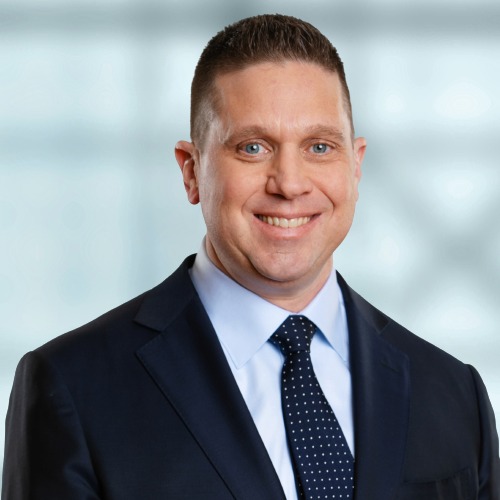Dr. Marc Powell discusses the electrical stimulation implant that helped patients who have plateaued in their post-stroke rehabilitation.
Dr. Marc Powell, CEO of neurotechnology startup Reach Neuro, recalls the first time he turned on the implanted device’s electrical stimulation treatment. The recipient, Heather, was a woman nine years post-stroke, taking part in a study out of the University of Pittsburgh and Carnegie Mellon University. “When we turned stimulation on, she was able to fully extend her fingers. She hadn't really been able to do that in almost a decade. Everybody who was next to her was able to see it, trying to take videos. I saw that her family were all crying.”
Heather was one of the chronic stroke patients who participated in the study, “Epidural stimulation of the cervical spinal cord for post-stroke upper-limb paresis,” which was published in Nature Medicine. The investigator-initiated study explored the novel neurosurgical therapy's effects on two chronic stroke patients who had plateaued in their rehabilitation. “Excitingly, the participants that we describe in this study are years post stroke. There's a lot of potential for therapies like this to help people who are currently living without other options,” says Dr. Powell.
Dr. Powell’s team took home the prestigious “Paper of the Year” award at this year's International Conference on Aging, Innovation & Rehabilitation (ICAIR). The title is given to the winner of ICAIR’s Scientific Spotlight Series, a competition in which authors of prominent research papers present their findings.
"The study applied existing technology in a novel way," says Dr. José Zariffa, KITE Senior Scientist and judge at this year's ICAIR. “The work raises a number of intriguing questions, including how this technique can work in synergy with activity-based rehabilitation, and what benefits can be gained from longer-term implants.”
The study explored the implant’s epidural stimulation to try to understand the connections between the delivered stimulation and the improved motor outcomes in the upper limbs.
Reach Neuro's therapeutic electrode array is implanted next to the dorsal roots, the spinal cord structure that transmits sensory information. The Reach Neuro team believes the device’s ability to target specific areas is more effective than other non-invasive spinal cord stimulation. “We believe this approach allows us to effectively dose the electrical stimulation in a more selective way and achieve better results overall,” says Dr. Powell.
The participants had four hours of testing a day, five days a week, for four weeks. They described the stimulation as movement-assisting, akin to an effect in their muscles that made their arms feel like they wanted to perform certain motions.
"One of our participants called it her arm extension juice,” Dr. Powell says, laughing. “‘Turn on my juice!’ We could do that.”
The participants saw improvements in strength, range of motion, and functional movements. Dr. Powell fondly remembers the wide smiles he would see when someone was able to perform motions they had not been able to do for years. Tasks like unscrewing a container or eating food off a fork were huge milestones for the participants that brought forth even bigger emotions.
“This patient population is such a motivated group,” says Dr. Powell. "In many ways, they're pioneers. They're willing to get this implantable device—which is kind of uncharted territory— in the hopes that it'll help them. They're amazing people to work with.”




